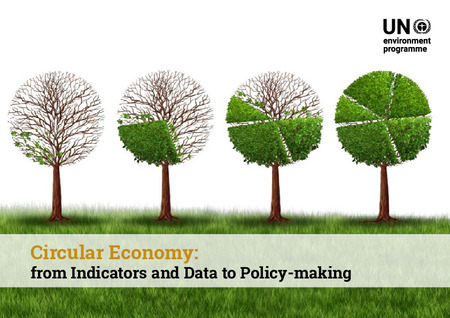| dc.contributor | Early Warning and Assessment Division | en_US |
| dc.contributor.author | United Nations Environment Programme | en_US |
| dc.date.accessioned | 2024-02-16T08:38:57Z | |
| dc.date.available | 2024-02-16T08:38:57Z | |
| dc.date.issued | 2024-02 | |
| dc.identifier.uri | https://wedocs.unep.org/20.500.11822/44848 | |
| dc.description | Shifting from a linear to a circular economy model is a complex, lengthy and challenging process. It requires countries to undergo structural changes and intensive technical support. There is no universal solution to apply due to the varied national economic, political, environmental, social, and cultural conditions of countries. Having information about baselines and progress achieved is key for a successful transition. | en_US |
| dc.format | pdf | en_US |
| dc.language | English | en_US |
| dc.relation.ispartof | Circular Economy: From Indicators and Data to Policy-making | |
| dc.rights | Public | en_US |
| dc.subject | circular economy | en_US |
| dc.subject | cultural aspect | en_US |
| dc.subject | social aspect | en_US |
| dc.subject | technical aspect | en_US |
| dc.title | Chapter 6/6: Conclusions - Circular Economy: From Indicators and Data to Policy-making | en_US |
| dc.type | Chapters and Articles | en_US |
| wd.identifier.sdg | SDG 8 - Decent Work and Economic Growth | en_US |
| wd.identifier.sdg | SDG 15 - Life on Land | en_US |
| wd.topics | Finance and Economic Transformations | en_US |
| wd.identifier.pagesnumber | 3 p. | en_US |


